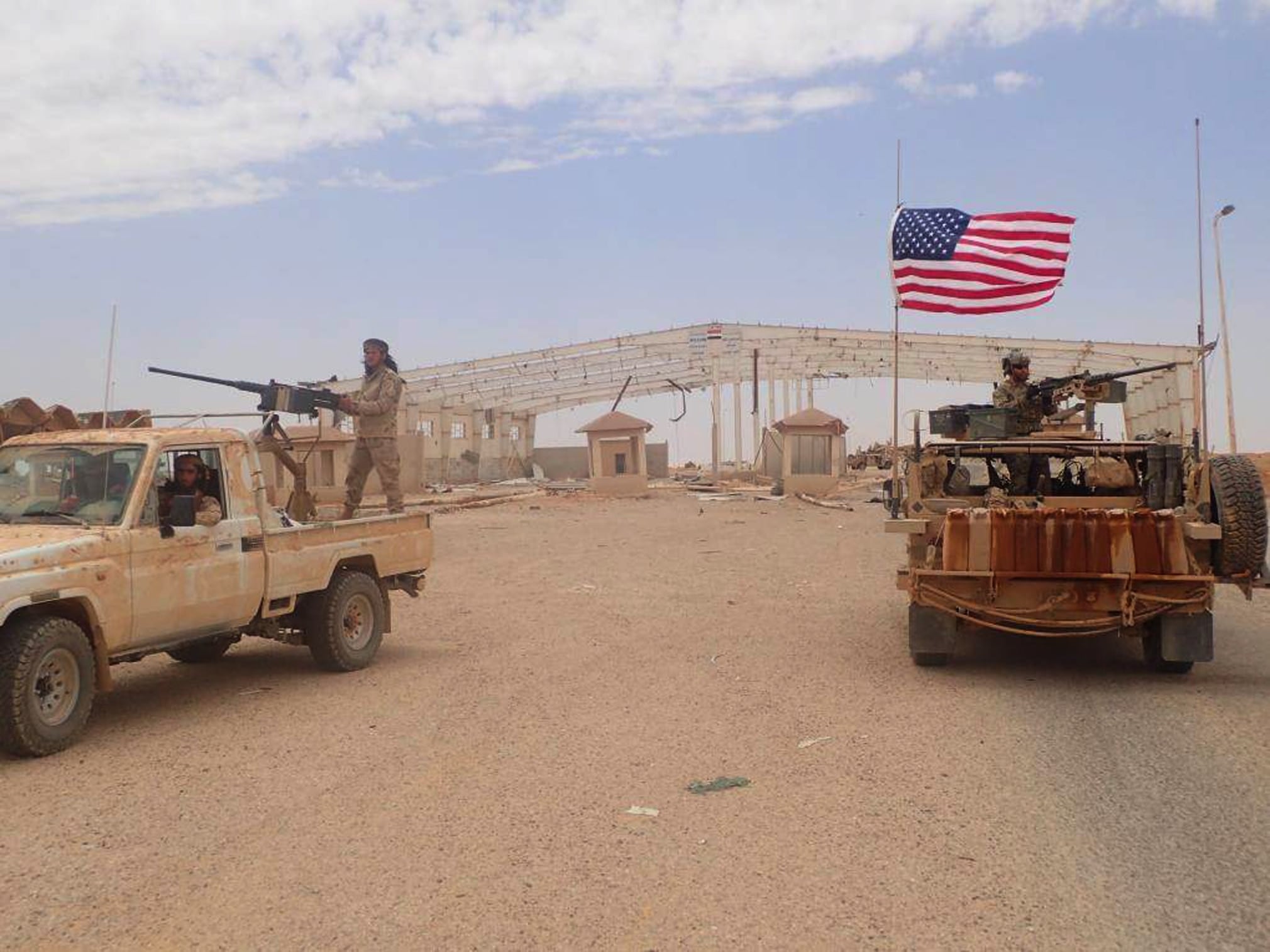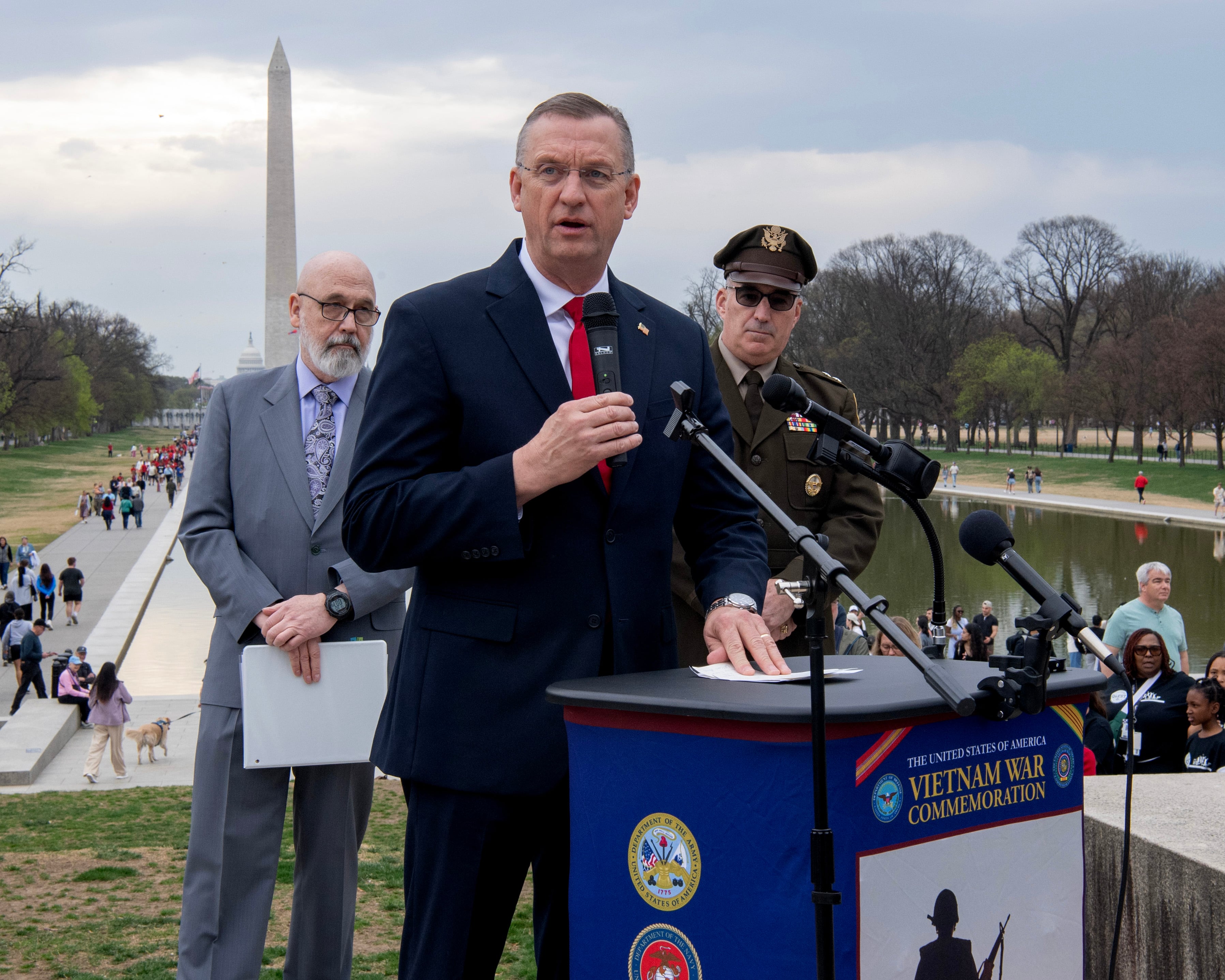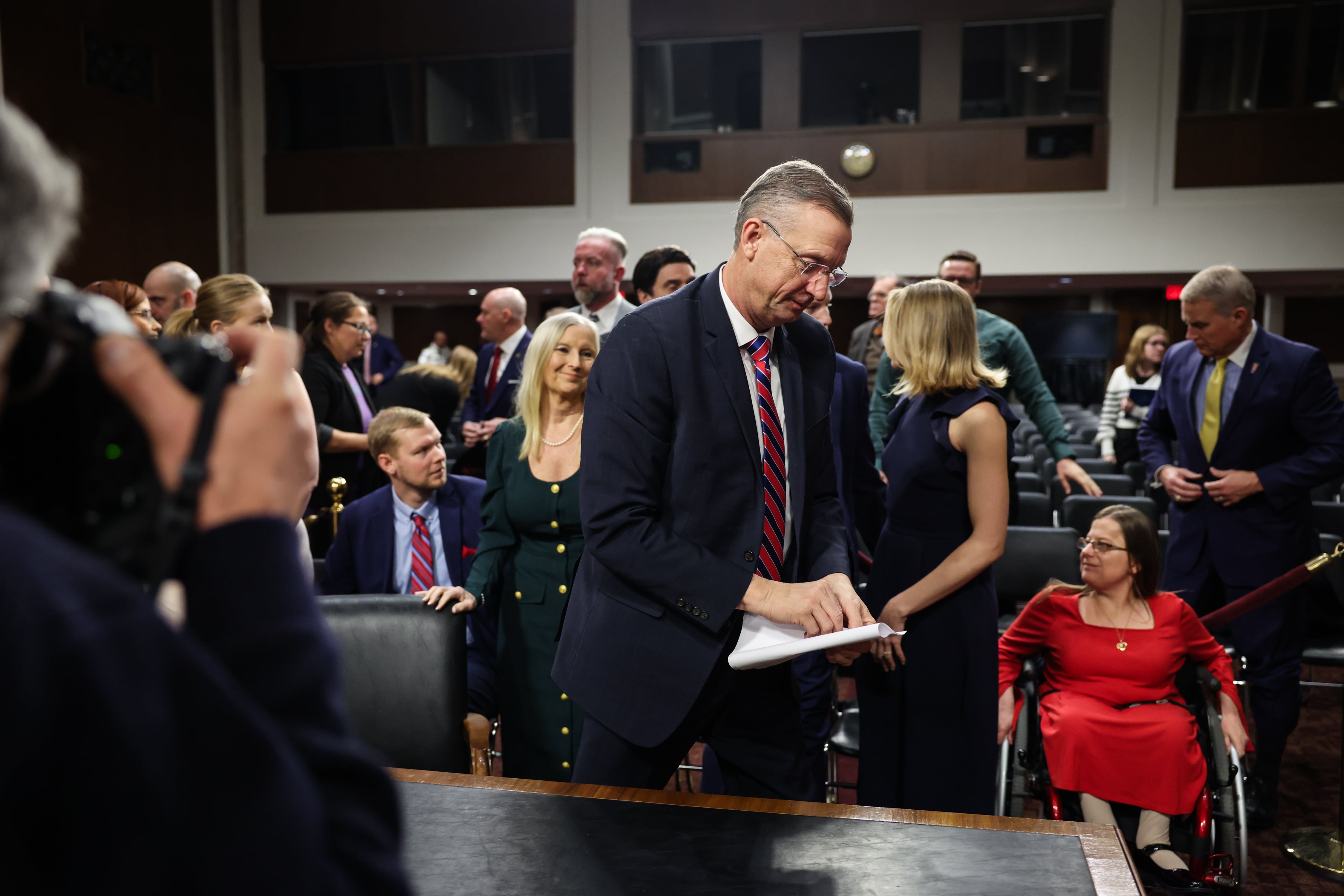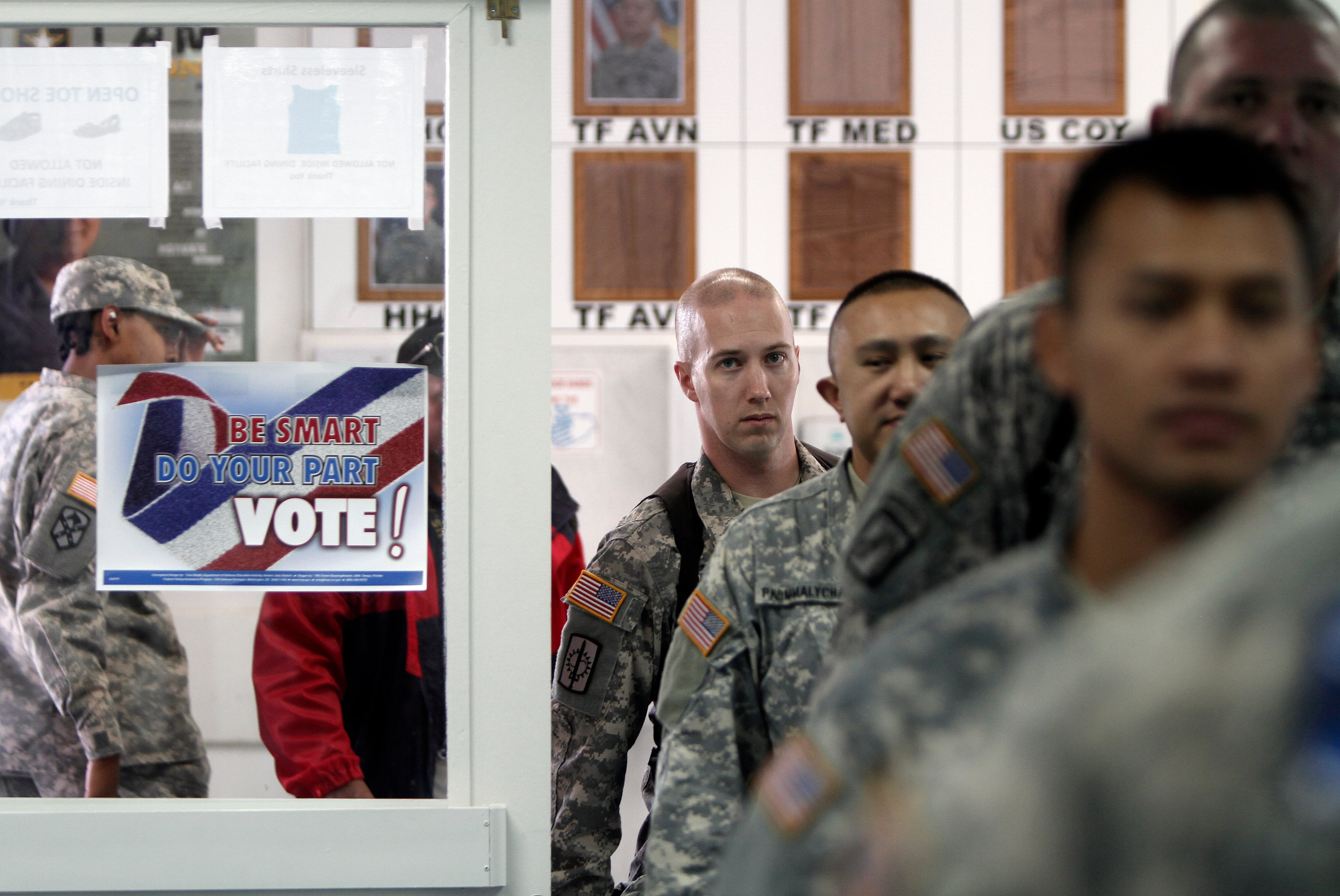WASHINGTON — The U.S. military has parted ways with a Syrian rebel group that has been involved in the fight against Islamic State militants in Syria.
The Shohada Al Quartyan, a small Sunni Arab tribe from the Syrian Desert, fought against President Bashar al-Assad’s government forces before joining the U.S.-led anti-ISIS coalition.
The fighters are one of several coalition partner groups at a garrison at Tanf, a small town in southeastern Syria on the border with Iraq. They have received training from U.S. and UK troops, as well as equipment.
But U.S. officials have disavowed recent actions of the rebel group.
The Shohada Al Quartyan “unilaterally and without U.S. support, permission or coordination, conducted a patrol outside the agreed upon de-escalation zone [around Tanf] , and engaged in activities not focused on fighting ISIS,” said Col. Ryan Dillon, a spokesperson for Operation Inherent Resolve.
He would not provide details as to what those activities were. “Fighting the regime could be one of their objectives,” Dillon acknowledged.
But the parting of ways appears to be mutual.
“They [Shohada Al Quartyan] announced earlier this week that they would no longer accept the support of the U.S.-led anti-ISIS coalition, as the coalition has ’limited’ its activity to fighting ISIS and does not share in its objective of combating the Assad regime,” according to Genevieve Casagrande, an analyst covering Syria for the Institute for the Study of War.
The small group is “one of many rebel groups we have offered to support on condition they stop being rebels and fight our fight instead,” said Kyle Orton, an expert on the Syrian conflict for the Henry Jackson Society, an influential neoconservative British think tank.
“They are one of the smaller of the “Tanf groups” — the anti-IS groups overtly supported by the U.S., the UK and also backed by the Jordanians,” Orton explained.
The obscure garrison at Tanf has been a major point of contention over the past couple of months. Two Iranian Shahed 129 drones were shot down in the vicinity of the small outpost back in June as they engaged in hostile actions that threatened coalition forces. One of the drones even dropped a dud bomb near U.S. forces.
The garrison houses anti-ISIS fighters, but most, if not all, of them have been associated with anti-Assad rebel groups in the past.
However, officials at Operation Inherent Resolve contend that the small garrison’s primary objective is to train anti-ISIS fighters.
Some analysts, however, argue the primary goal of the small outpost is to guard the border crossing and deter the spread of Iranian influence in the region, specifically by preventing the creation of a land corridor linking Tehran with its terrorist proxy Hezbollah in Lebanon.
The forces at Tanf are cut off from the rest of Syria by pro-government forces. Their ability to combat ISIS is largely contained to the small bubble around the base controlled by the U.S. and its partner forces.
There have been incursions by ISIS fighters into southeastern Syria over the past several months, but if the fighters at Tanf wanted to drive their vehicles to combat ISIS at Abu Kamal or Deir Ez Zour, they’d be blocked by the Syrian regime, Dillon said.
U.S. forces are still in talks with the disavowed group on handing over any weapons, uniforms or vehicles the group may have received from the coalition to combat ISIS, he said.
Shawn Snow is the senior reporter for Marine Corps Times and a Marine Corps veteran.




